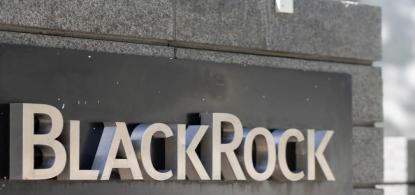
28 March, 2025
Bitcoin’s hash rate rebounds as miners overcome declining revenues
After falling to 752 exahash per second (EH/s) on February 25, Bitcoin’s hashrate has rebounded significantly, now climbing to 819.65 EH/s, even as revenues fell significantly in March.
Bitcoin’s hashrate rebounds: miners overcome falling revenues
Revenues fall, hashrate rises
The network’s hashrate power has increased, and is now more than 67 EH/s above its February 25 low. At that time, the hashrate reached 752 EH/s, but as of now, it has remained steadily at 819.65 EH/s, according to data provided by hashrateindex.com based on a seven-day simple moving average (SMA). The hashrate is now about 30 EH/s below the peak on February 8, 2025.
Bitcoin hashrate rebounds: miners continue to work hard amid falling revenues Source: Hashrateindex.com metrics recorded on March 17, 2025 at 12:30 EST.
This uptrend comes at a remarkable time, especially as revenue has dropped significantly since hashrate hit its lowest point. Back on February 25, the hash price — how much miners earn per petahash per second (PH/s) per day — was $53.89 per petahash. Fast forward to March 17, and that number has slipped to $46.87 per petahash, marking a 13.03% drop in revenue.
Currently, Foundry leads the way as the largest mining pool with around 264 EH/s. Antpool follows closely behind with 159 EH/s, while Viabtc isn’t far behind with 115 EH/s. Combined, the three pools have a hashrate of around 538 EH/s, or 65.63% of the total hashrate of 819.65 EH/s. The data shows that between the February 25 low and today, there have been two distinct difficulty adjustments — a 3.15% drop followed by a 1.43% increase.
Even with lower returns, Bitcoin’s hashrate recovery suggests miners have found ways to keep going. Major players like Foundry, Antpool, and Viabtc control large portions of the network, pointing to an ongoing consolidation trend. As difficulty levels change and profits fluctuate, the mining world remains active, proving that Bitcoin’s proof-of-work (PoW) system can adapt and thrive in changing times.





